Track

Individual Pursuit
The Individual Pursuit sees riders start on opposite sides of the track. They compete to either catch their opponent or set the fastest time over distances of 3km (12 laps) or 4km (16 laps), depending on classification.
As of 2025, the distances are:
3000m: Women’s C1–3 and Men’s C1–3
4000m: Women’s C4–5 and Men’s C4–5
The top four athletes from qualifying advance to the medal races. The two fastest qualifiers race for gold and silver, while the third- and fourth-fastest contest bronze. In the finals, catching and overtaking an opponent secures an automatic win, though riders often continue in pursuit of records or personal bests.
At the Paris 2024 Paralympic Games, New Zealand’s Anna Taylor won a silver medal in the Women’s C4 3000m Individual Pursuit, setting a new national record in the process. Nicole Murray also added to the tally, securing bronze in the Women’s C5 Individual Pursuit.
1000m Time Trial
In the Time Trial, riders start from a stationary position and race against the clock, aiming to complete two laps of the track as quickly as possible. The event now covers a distance of 1000m for all categories.
New Zealand has a proud record in timed events, with several world champions — including the talented Devon Briggs.
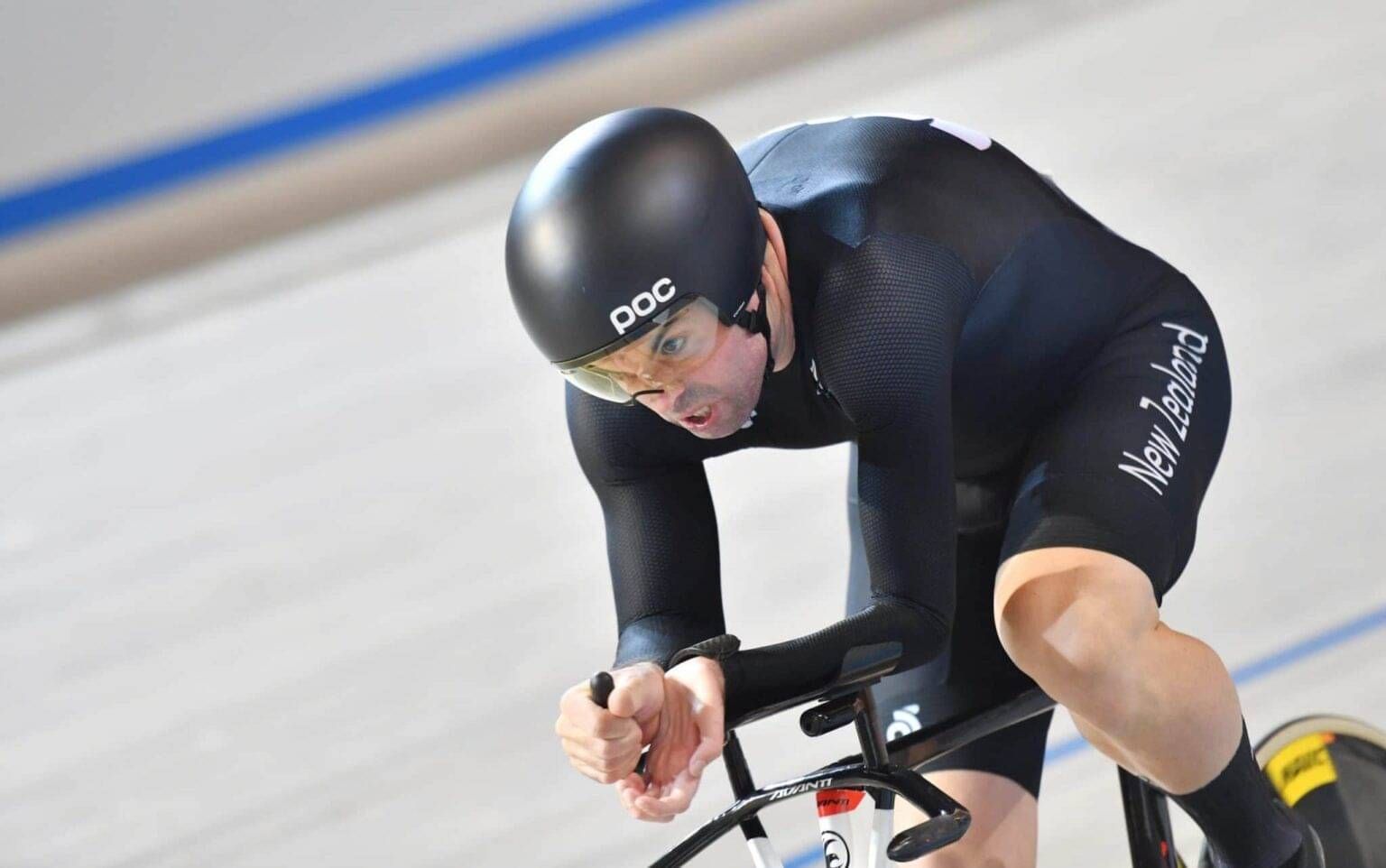
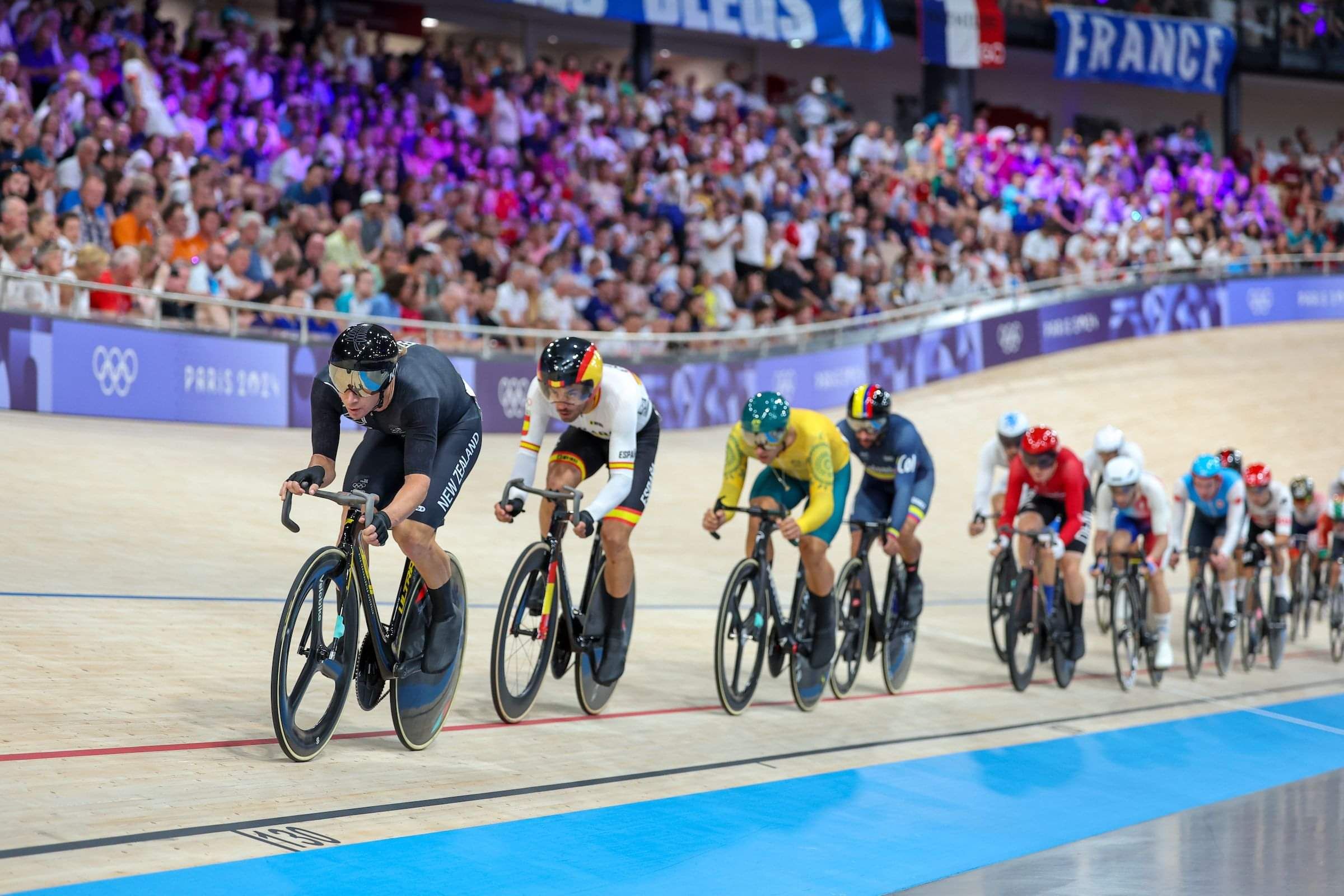
Para Scratch Race
Unlike time trials or pursuit events, the Para Scratch Race is a mass-start competition where the first rider to cross the finish line wins. Riders with similar classifications compete, showcasing speed, endurance, and strategy as they navigate tightly packed groups and prepare for a final sprint.
This event is contested on bikes only and is for C1–5 classifications.
Para Elimination Race
The Elimination Race is an event where the last rider to cross the line every two laps is eliminated until only two remain to sprint for victory. Riders must combine speed, endurance, and strategy to avoid elimination, often battling for position at the front of the group.
This event is contested on bikes only and is for C1–5 classifications.
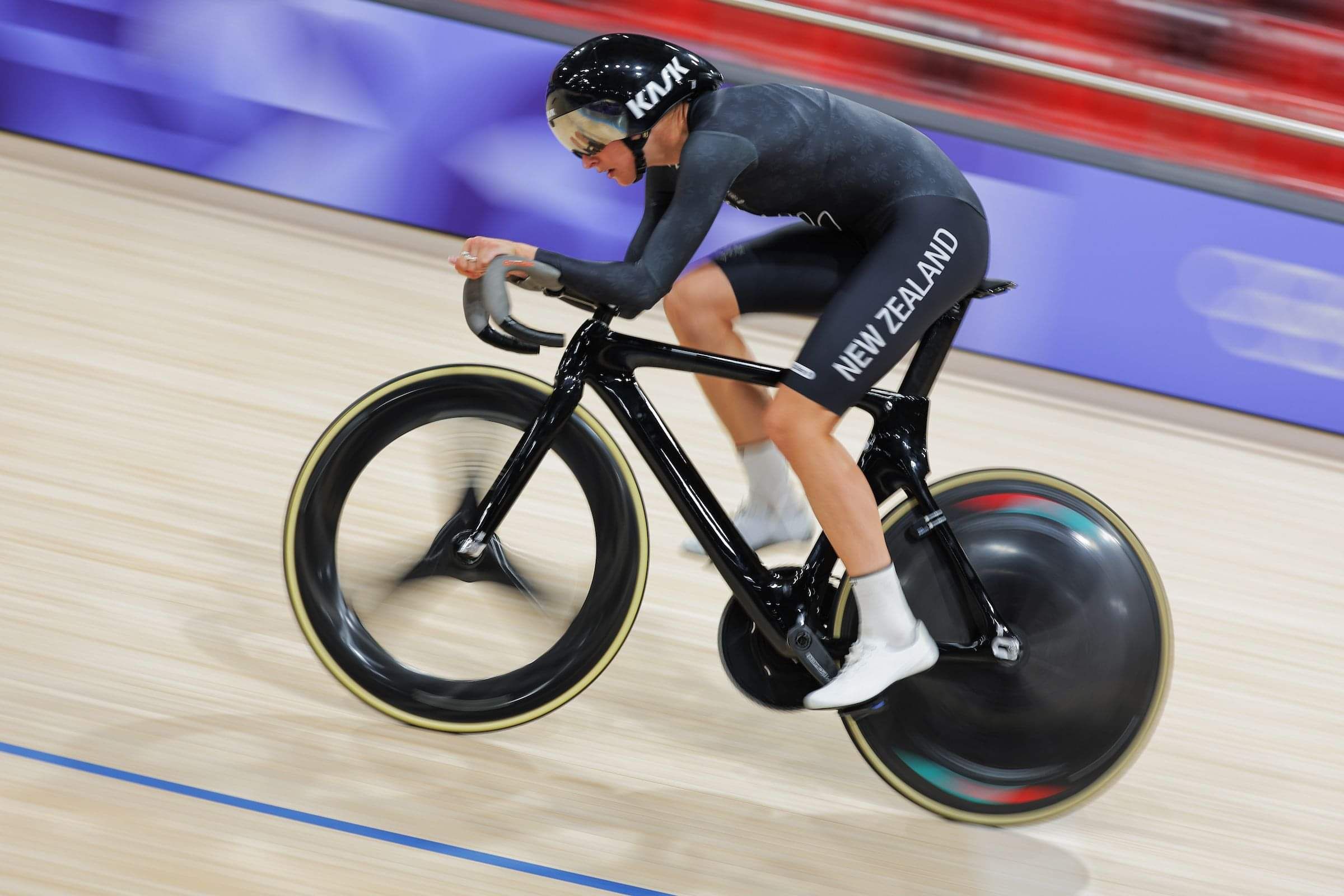
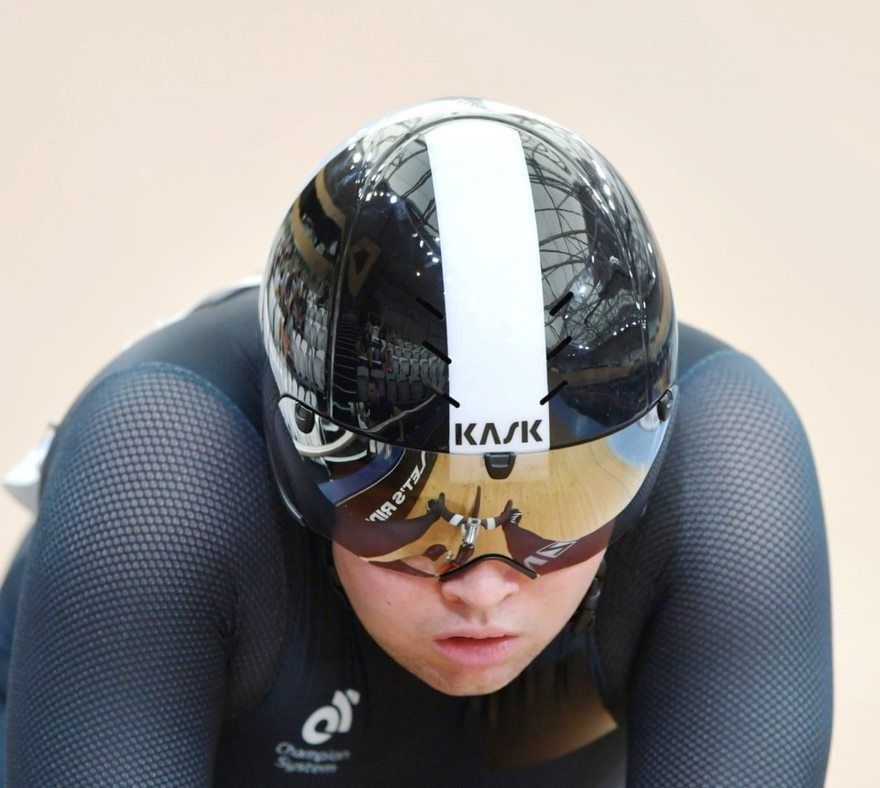
Para Sprint
The Sprint race is a head-to-head track cycling event over three laps, where strategy and speed are key. Riders qualify through a flying 200m time trial, with the fastest advancing to knockout rounds. Each match involves tactical positioning and an explosive final sprint, often decided in a best-of-three format.
This event is contested on bikes and tandems, and is for C1–5 and B classifications.
Tandem Sprint
The Tandem Sprint is a highlight of Para Cycling track events, showcasing head-to-head races between tandem pairings. The competition begins with a flying 200m qualifying round, where the fastest four advances to best-of-three semi-finals. Winners race for gold and silver in the final, while the semi-finalists compete for bronze.
This event is contested by B classification riders only.
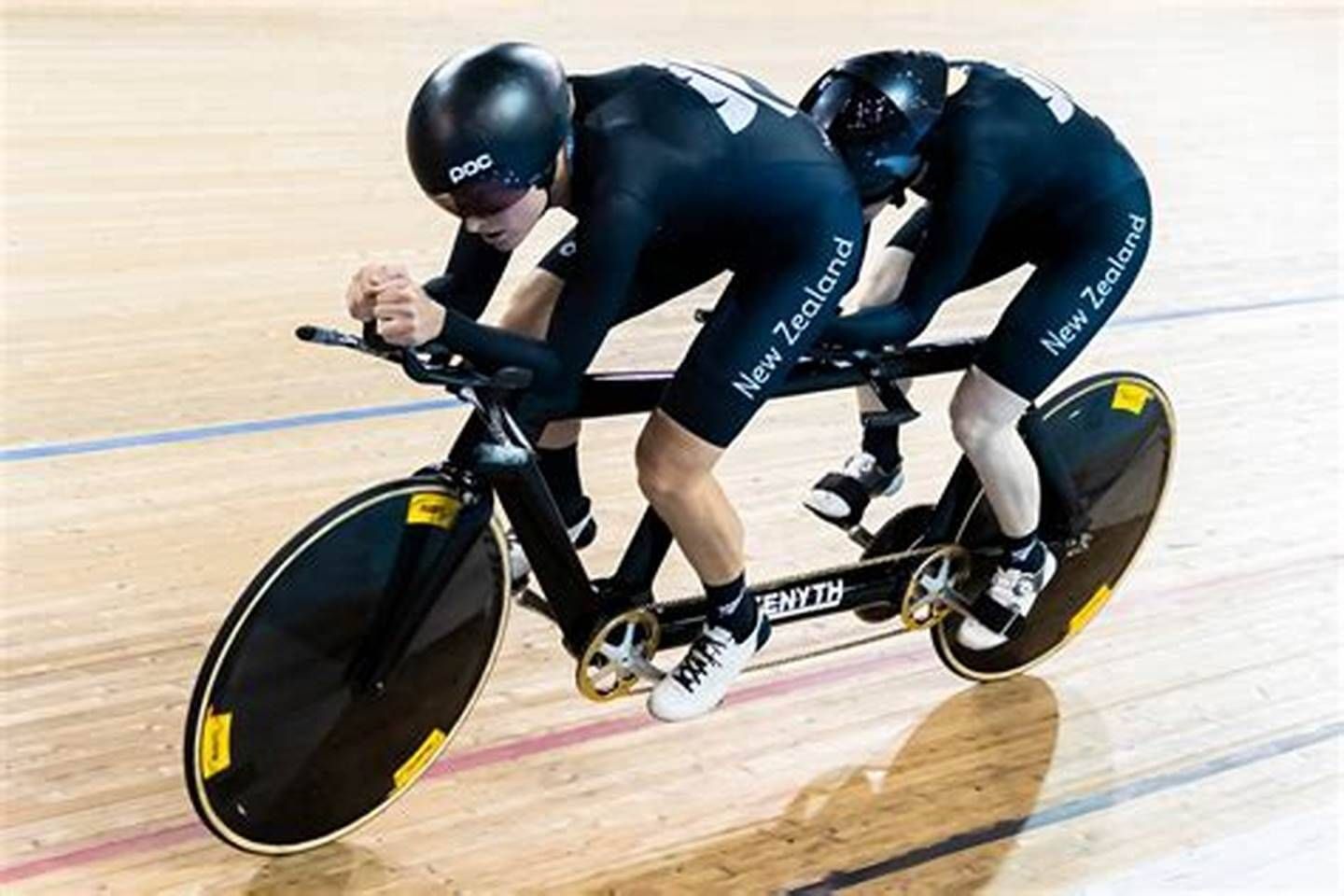
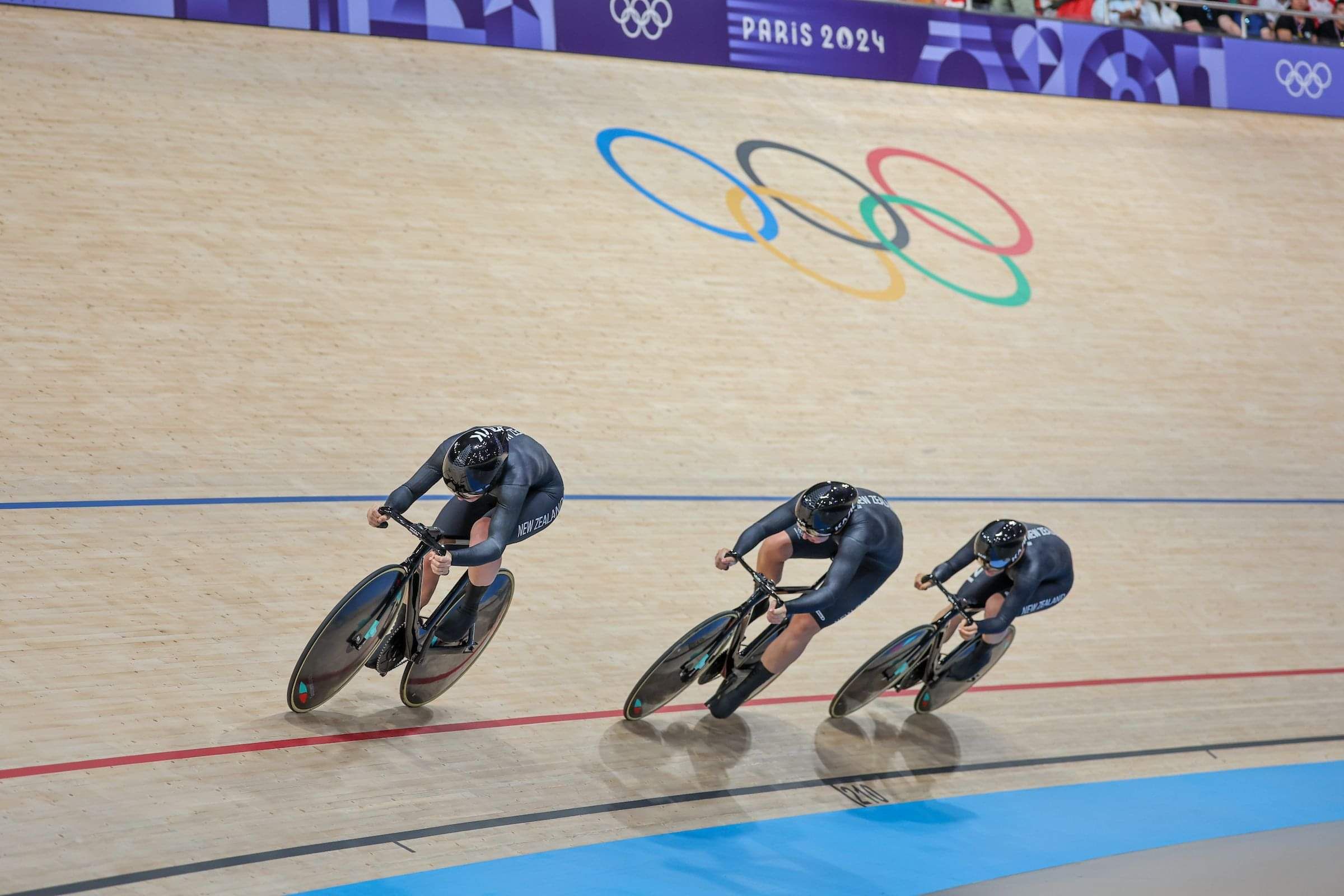
Team Sprint
The Team Sprint is a three-lap race between two teams of three riders. All riders start together, with the lead rider pulling off after each lap until the final rider completes the race, setting the team’s time.
Teams must include at least one female rider and consist of athletes from varying classifications. Each rider’s classification is assigned a point value (e.g., C5 male = 4 points, C2 female = 1 point), and the total for the three riders cannot exceed 10 points.
Road
Road Race
Road races are a test of stamina and strategy, with riders competing over a longer-distance, looped courses. In mass-start events, the first rider or tandem to cross the finish line is declared the winner. Para road races feature athletes across multiple classifications in separate events, competing on handcycles (H class), tricycles (T class), tandem bikes with sighted pilots (B class), or standard bikes adapted for riders with disabilities (C class).
Para road races follow specific classification rules to ensure fair competition. Riders are grouped by categories C, B, H, and T, based on their physical abilities. Distances vary depending on the classification, with races typically ranging from 30km to 100km or more.
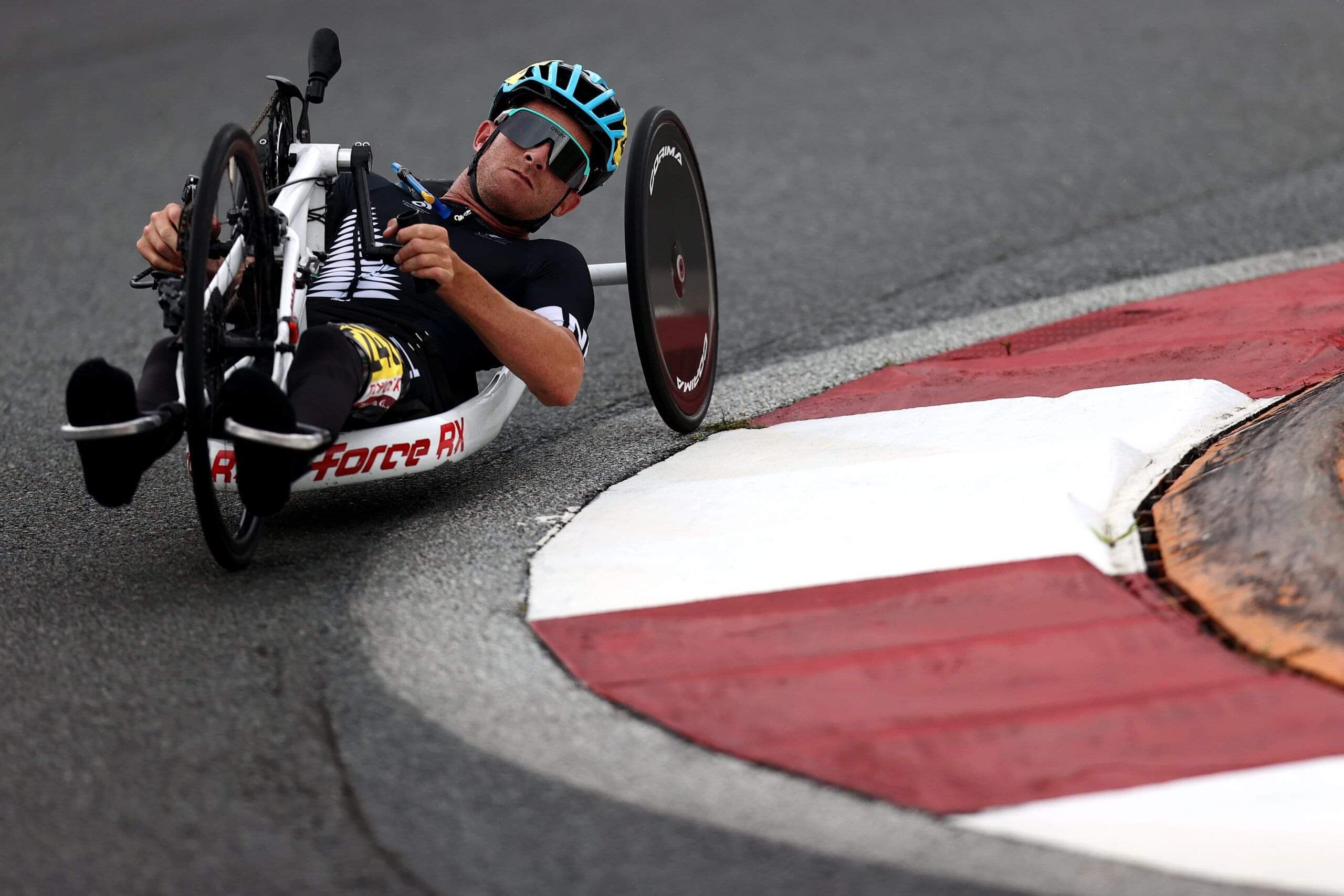
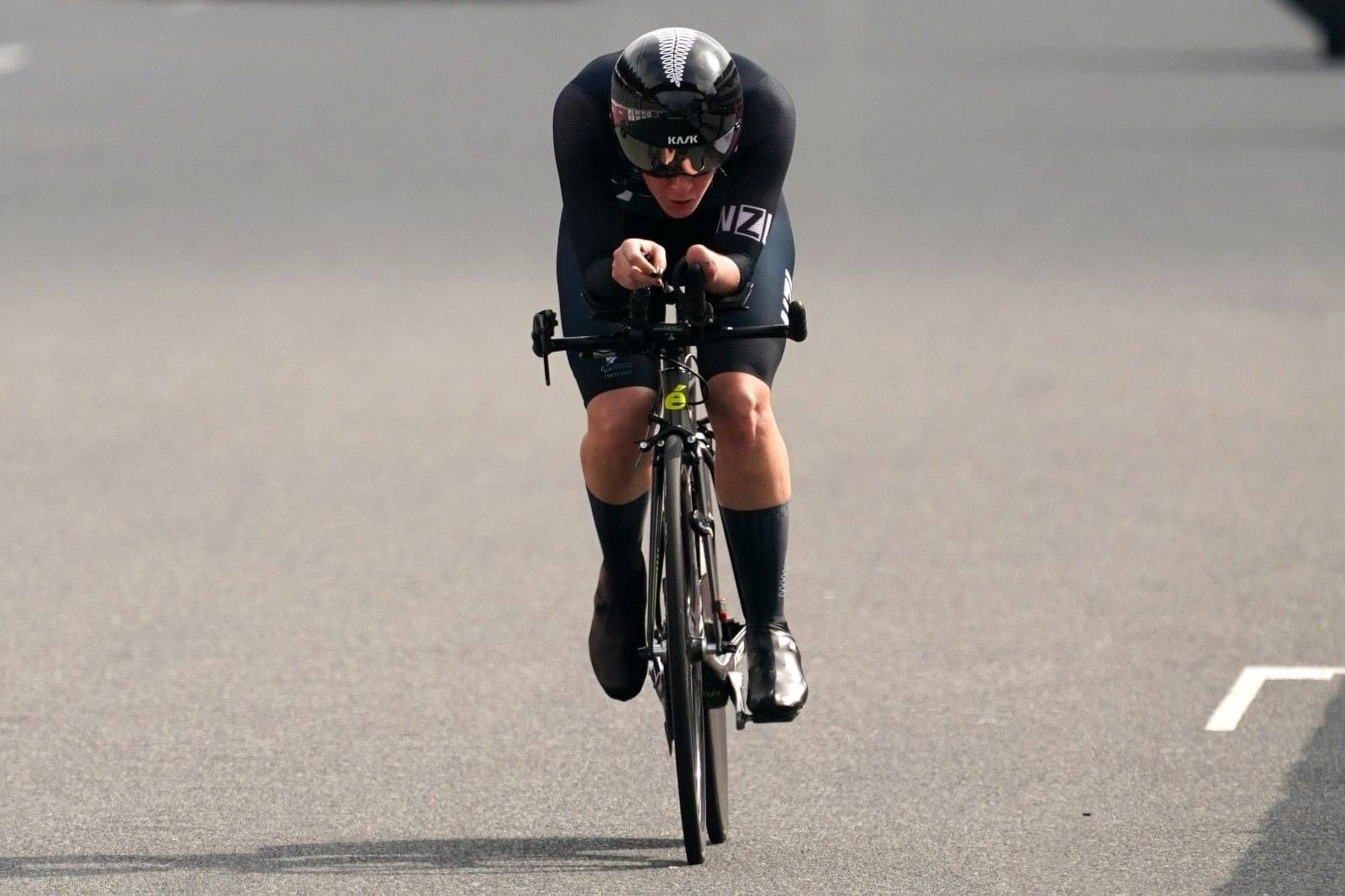
Time Trial
Riders, either solo or tandem, take to the course one at a time, with the goal of completing the distance in the shortest possible time. The rider or tandem team with the fastest time across the course wins the gold medal.
Equipment can be highly specialized, with aerodynamic designs playing a crucial role in maximizing efficiency. Handcyclists, for example, rely on streamlined hand-pedaled bikes, while tandem riders work in perfect unison with their pilots to achieve peak performance.
Road Time Trials are contested across all para cycling categories: C (standard bikes), B (tandems with sighted pilots), H (handcycles), and T (tricycles).